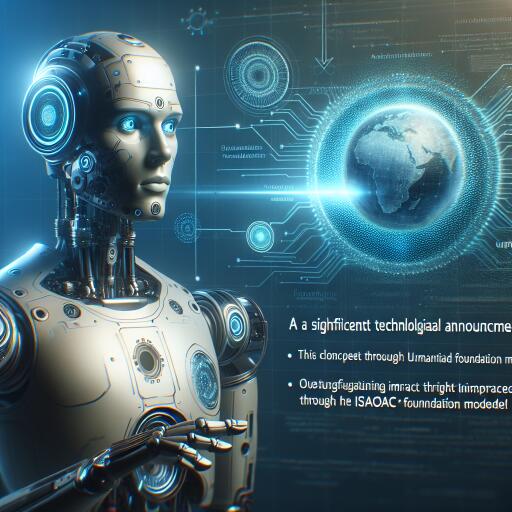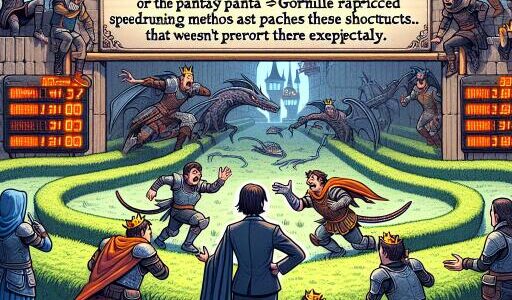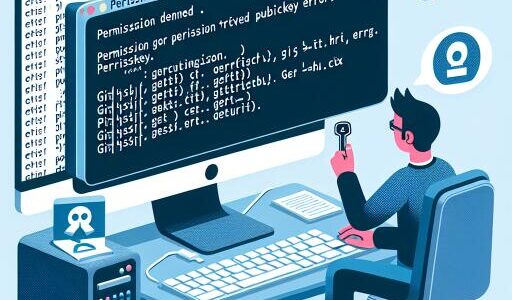NVIDIA Unveils Groundbreaking Advances in Robotics with Project GR00T and Enhanced Isaac Platform
In a pivotal announcement igniting the field of artificial intelligence and robotics, NVIDIA has introduced Project GR00T, a foundational model aimed at revolutionizing humanoid robotics. Alongside, the tech giant presented a major overhaul to its Isaac Robotics Platform and revealed the Jetson Thor computer, tailored for the advanced needs of humanoid robotics. This powerful ensemble of technology is set to reconfigure the landscape of AI and robotics.
Project GR00T, standing for Generalist Robot 00 Technology, emerges as a beacon of innovation, conceived to imbue humanoid robots with the capability to process natural language and mimic complex human actions. The initiative aims to foster robots that can rapidly acquire skills such as coordination and dexterity through observation, enabling them to interact with and navigate the real world with unprecedented ease. NVIDIA aims to leverage this technology to close the gap between artificial intelligence and human-like adaptability and cognition.
During a notable demonstration at the GTC keynote, NVIDIA’s founder and CEO, Jensen Huang, showcased the formidable capabilities of robots powered by Project GR00T. These robots were seen accomplishing a diverse array of tasks, heralding a new era in robotics where machines can learn more organically from human behavior and interaction.
Empowering Humanoid Robotics with Jetson Thor
The unveiling of Jetson Thor marks a significant milestone in the quest for sophisticated humanoid robotics. This cutting-edge computing platform is engineered to execute intricate tasks and facilitate seamless, safe interactions between humans and machines. Featuring a modular design optimized for an outstanding balance of performance, power efficiency, and compactness, Jetson Thor is a leap forward for robotic computing.
At the heart of Jetson Thor rests the NVIDIA Thor system-on-a-chip (SoC), equipped with a transformative GPU based on NVIDIA’s Blackwell architecture. The SoC boasts an impressive 800 teraflops of AI computational power dedicated to running advanced generative AI models, such as those fostered by Project GR00T. Coupled with an integrated safety processor, high-performance CPU cluster, and substantial ethernet bandwidth, Jetson Thor simplifies the design and integration processes, paving the way for advanced humanoid robotics.
The Future of the Isaac Robotics Platform
Complementing the introduction of Project GR00T and Jetson Thor, NVIDIA has announced significant enhancements to its Isaac Robotics Platform. The updates bring forth new generative AI foundation models and sophisticated tools for simulation and AI workflow infrastructure. These advancements are poised to accelerate development and innovation within the domain of humanoid robotics, granting developers and researchers unprecedented resources.
NVIDIA’s vision of a future populated by humanoid robots has garnered support from leading companies in robotics. Giants such as 1X Technologies, Agility Robotics, Apptronik, and Boston Dynamics, alongside other pioneers like Figure AI, Fourier Intelligence, Sanctuary AI, Unitree Robotics, and XPENG Robotics, have aligned with NVIDIA. This alliance is set to spearhead developments at the intersection of AI and robotics, promising a new chapter where robots are integral to daily life.
“We are at a historic turning point, with robots set to redefine the future of labor and interaction,” remarked Jonathan Hurst, cofounder and chief robot officer at Agility Robotics. He expressed enthusiasm over the collaboration with NVIDIA, emphasizing the role of modern AI and the Isaac platform in realizing the potential of robots to assist in all spheres of human activity.
As NVIDIA continues to push the boundaries with Project GR00T, Jetson Thor, and the enriched Isaac Robotics Platform, the dawn of an era where humanoid robots are part of our everyday lives seems increasingly within grasp. These advancements signal not just technological triumphs but a reimagining of the future of human-robot interaction.









